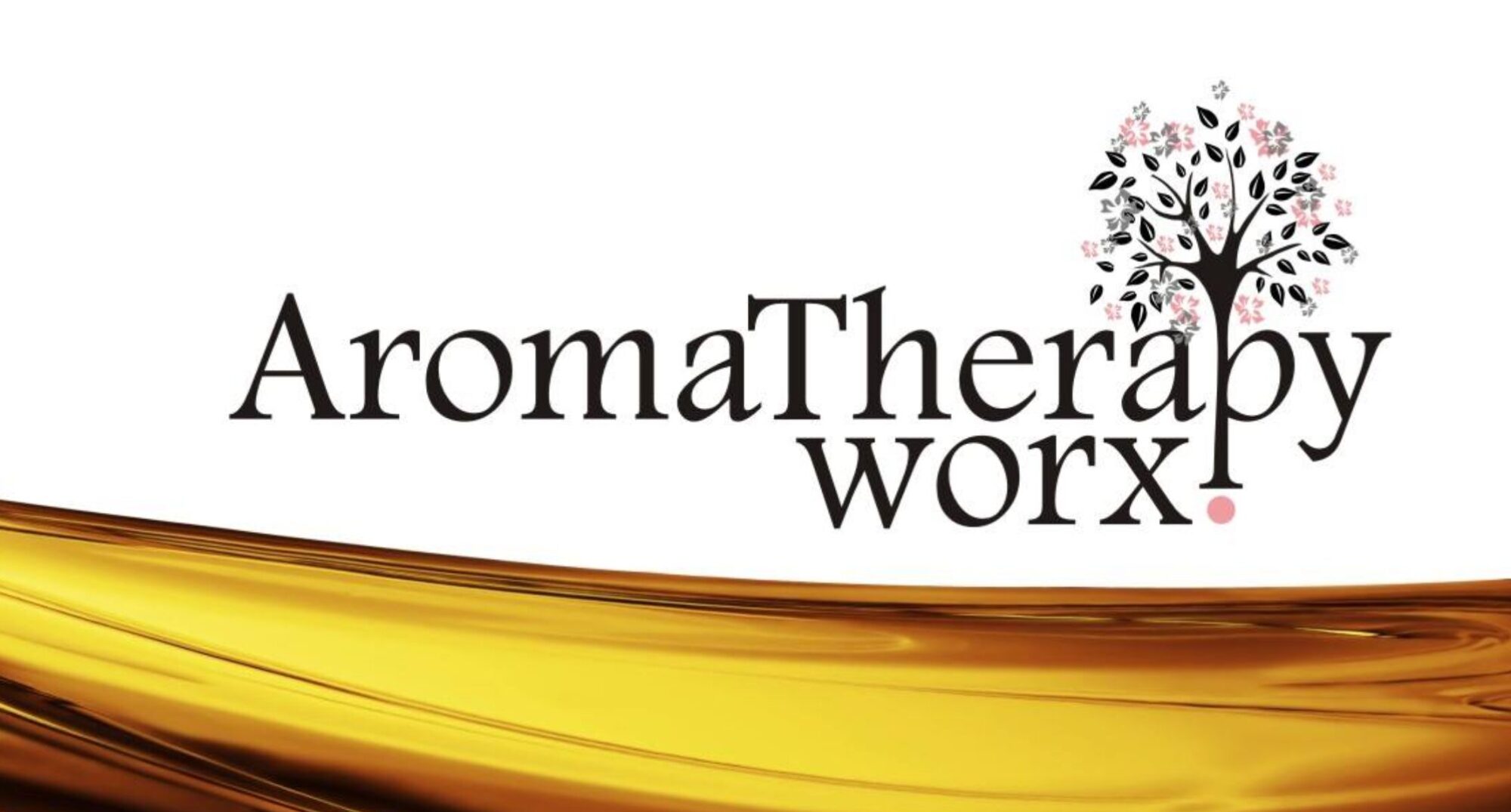Diffusing essential oils is what is called Aromatherapy. A diffuser disperses the oil into tiny droplets that remain suspended in the air for several hours. This method reduces bacteria, molds, and fungus in a room and its furnishings as well as releasing the oxygenating particles and negative ions.
Do not use dispersing methods that heat the oils because heat changes the oil’s properties, reducing or eliminating the effectiveness. Contrary to common thought, Aromatherapy involves more than associating the scent with memories. When the droplets of essential oils come in contact with the hairs of the nose, the whole nervous system takes part in the action. Endorphins and neurotransmitters are released and antibody production increases, to name a few of the actions. Most oils work well when diffused. Sometimes diffusion is the most effective method. For example, if someone has a cold, inhaling vapor is the most direct way to support the upper respiratory system.
Essential Oil good for the upper respiratory system. Basil, Benzoin, Bergamot, Eucalyptus, Lavender, Myrrh, Red Thyme, Sandalwood. (Facial Steams works best)
Essential oils to use during Winter. Clove, Cinnamon, Nutmeg & Sweet Orange:
Cinnamon Bark – It is a warming oil; it helps to relieve aches and the chilling feeling in the immediate early stages of colds and flu. It also helps to resist seasonal infections.
Nutmeg – Strengthens your resistance to colds.
Clove – This is a powerful antiseptic, painkiller, antispasmodic (Whole cloves steeped in Vinegar and sprayed on surfaces for disinfection)
Sweet Orange – Antidepressant, antispasmodic, stomachic and mildly sedative.
Cajeput – Excellent in facial steams against colds and flu.
Eucalyptus – Excellent in a blend and rubbed on the soles of your feet.
